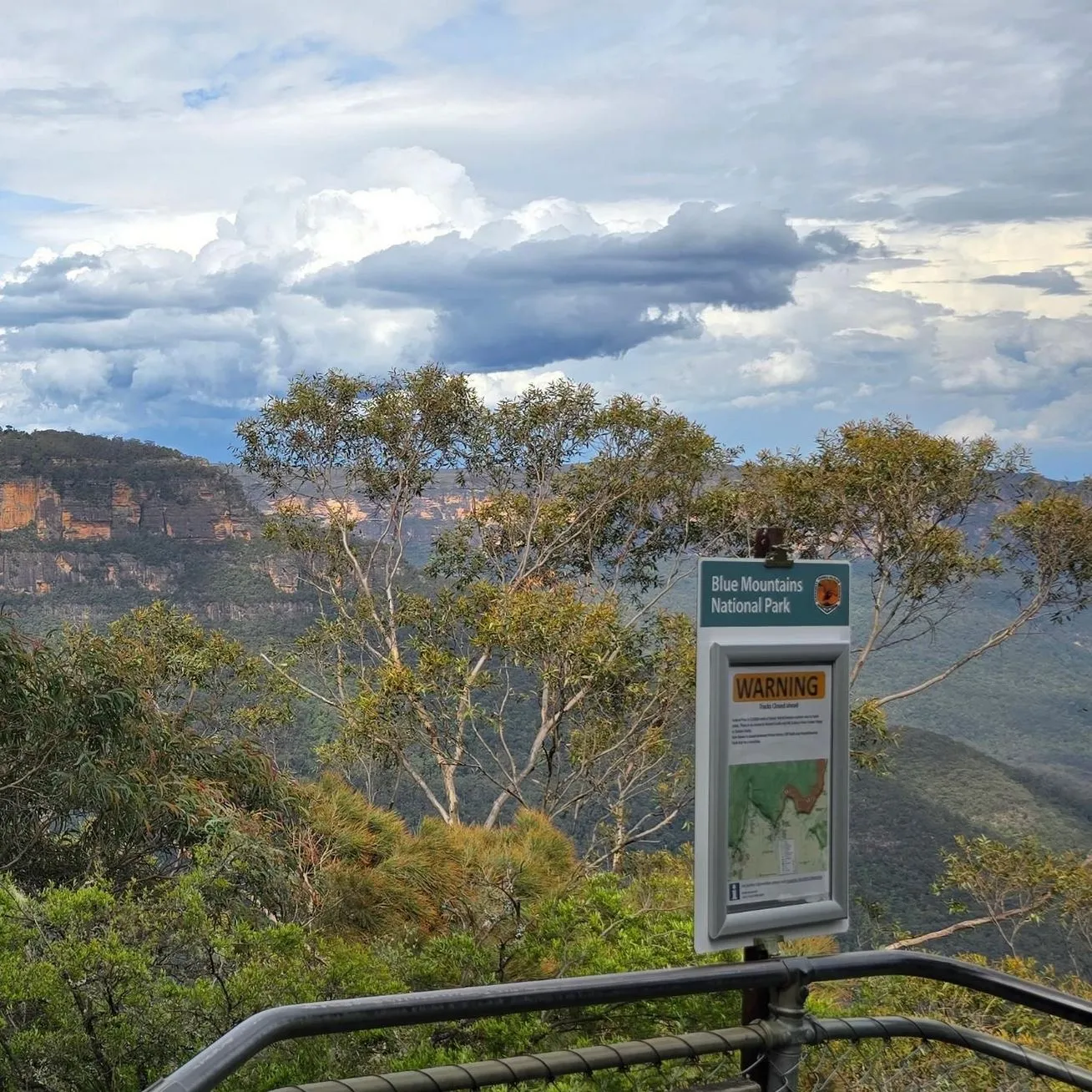The Blue Mountains National Park, a UNESCO World Heritage Site in NSW, is one of Australia’s most loved natural wonders. Famous for its big views, high sandstone cliffs and blue haze, the region is steeped in history, culture and natural beauty. Visitors come to marvel at its unique biodiversity, rich Indigenous culture and outdoor adventure. But one question always gets asked: How old are the Blue Mountains?
To find out how old the Blue Mountains are we need to go back in time to the Earth’s geologic past and explore the processes that formed its ancient base and the landscapes we see today. This article will unravel the secrets of this natural wonder, from its formation and geology to its ecology and culture.
The Blue Mountains: A Geological Work of Art
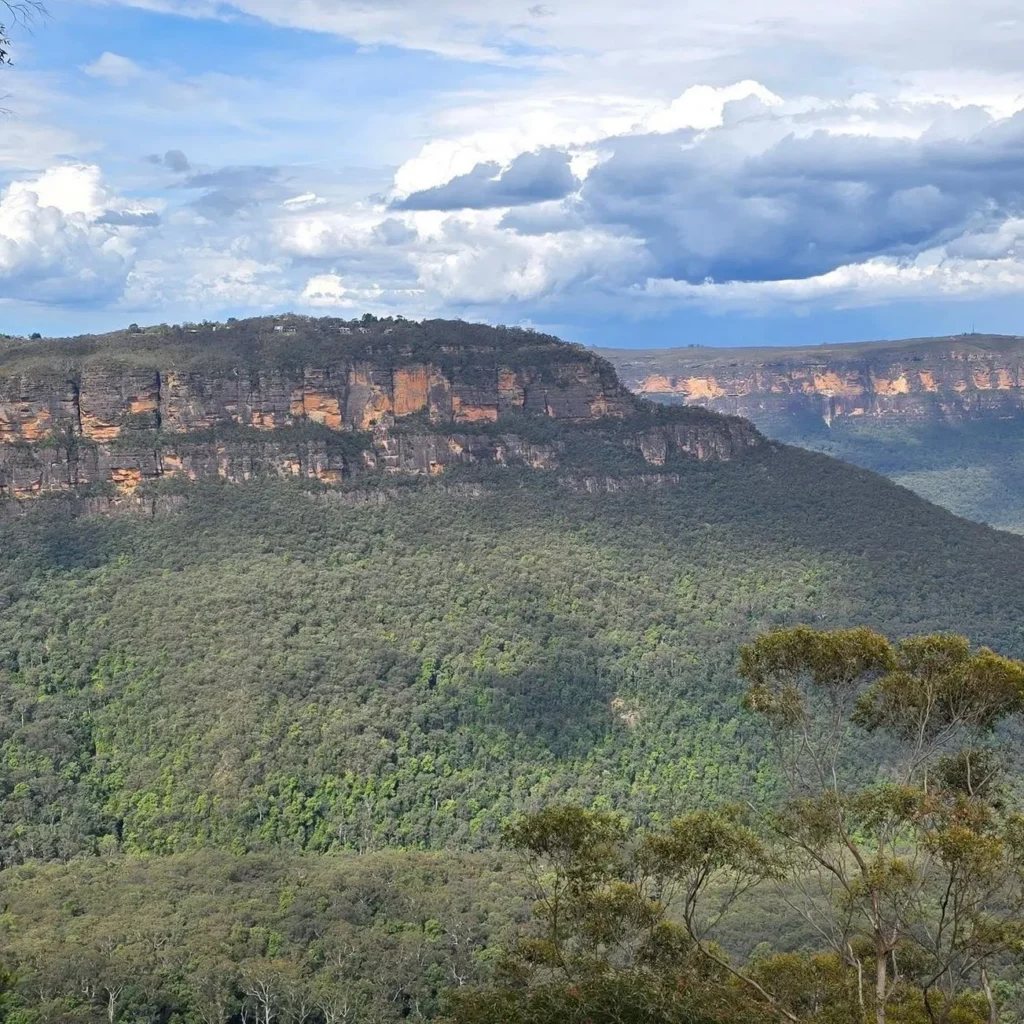
The Blue Mountains’ story starts with the formation of the Sydney Basin, a massive geological structure that was created 250 million years ago in the Permian period. The basin’s layers were formed by sediment deposited by ancient rivers and deltas, sandstone, siltstone and shale. Over millions of years these sediment deposits hardened into rock layers and formed the base of the Blue Mountains.
But the area’s history didn’t stop there. 90 million years ago the land was uplifted and the flat area became a plateau. This uplift exposed the sandstone layers to natural erosion and over millions of years the plateau was carved into valleys, cliffs and gorges.
Geology
- Granite-Greenstone Terrane: This ancient geological feature is part of the bedrock and is 470 million years old, one of the oldest in Australia.
- Lines of Weakness: These natural fault lines allowed water and wind to carve the cliffs and valleys we see today.
- Banded-Iron Formation: Visible in some areas, these ancient rock layers give us a glimpse into the region’s early geology.
The Blue Mountains are not mountains in the classical sense. They are a dissected plateau where the flat land has been eroded over millions of years into steep cliffs, valleys and icons.
How old are the Blue Mountains?
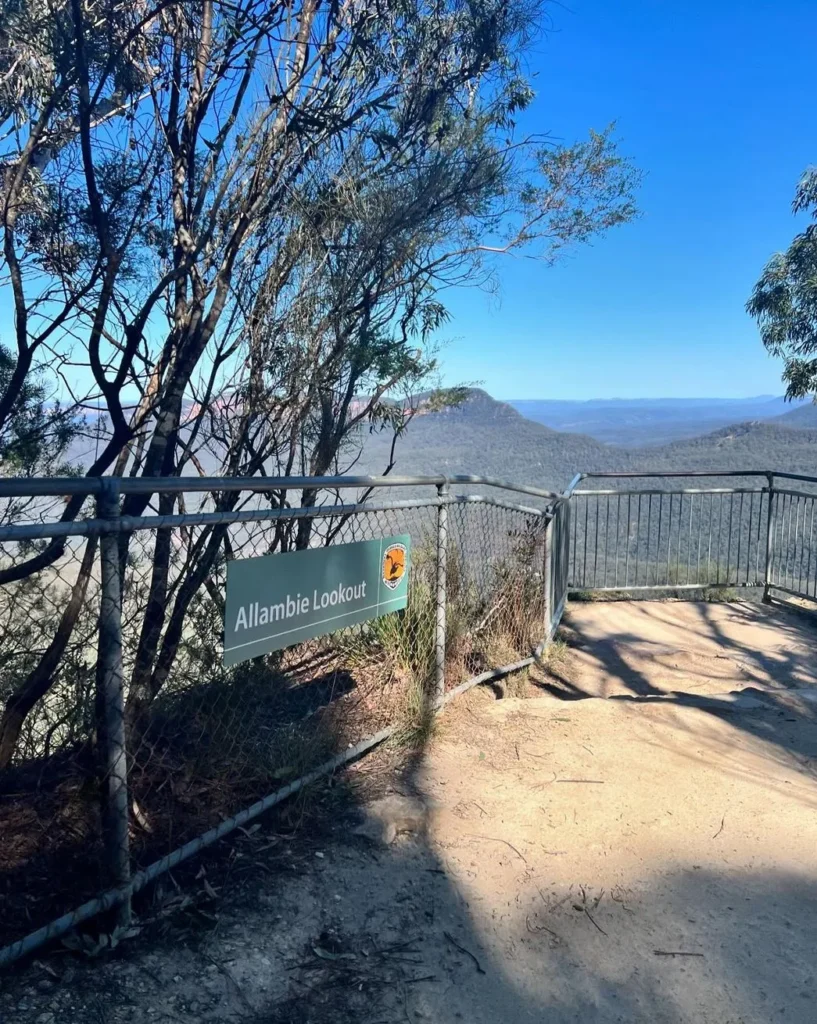
The Blue Mountains’ bedrock is 470 million years old, part of the Earth’s crust. But the landscapes we see today – the Echo Point cliffs and the Grose Valley – are much younger, formed over the past 50 million years through erosion.
Geological Eras
- Ancient Base (470 million years ago): The initial formation of the bedrock during the Earth’s early crustal development.
- Sedimentation (250 million years ago): Sandstone, shale and siltstone layers were deposited.
- Uplift (90 million years ago): The plateau was uplifted.
- Recent Erosion (last 50 million years): Water and wind carved the valleys and cliffs.
Iconic Landmarks of the Blue Mountains
The Blue Mountains have many famous landmarks, each with its own geological and cultural story.
Echo Point and the Three Sisters
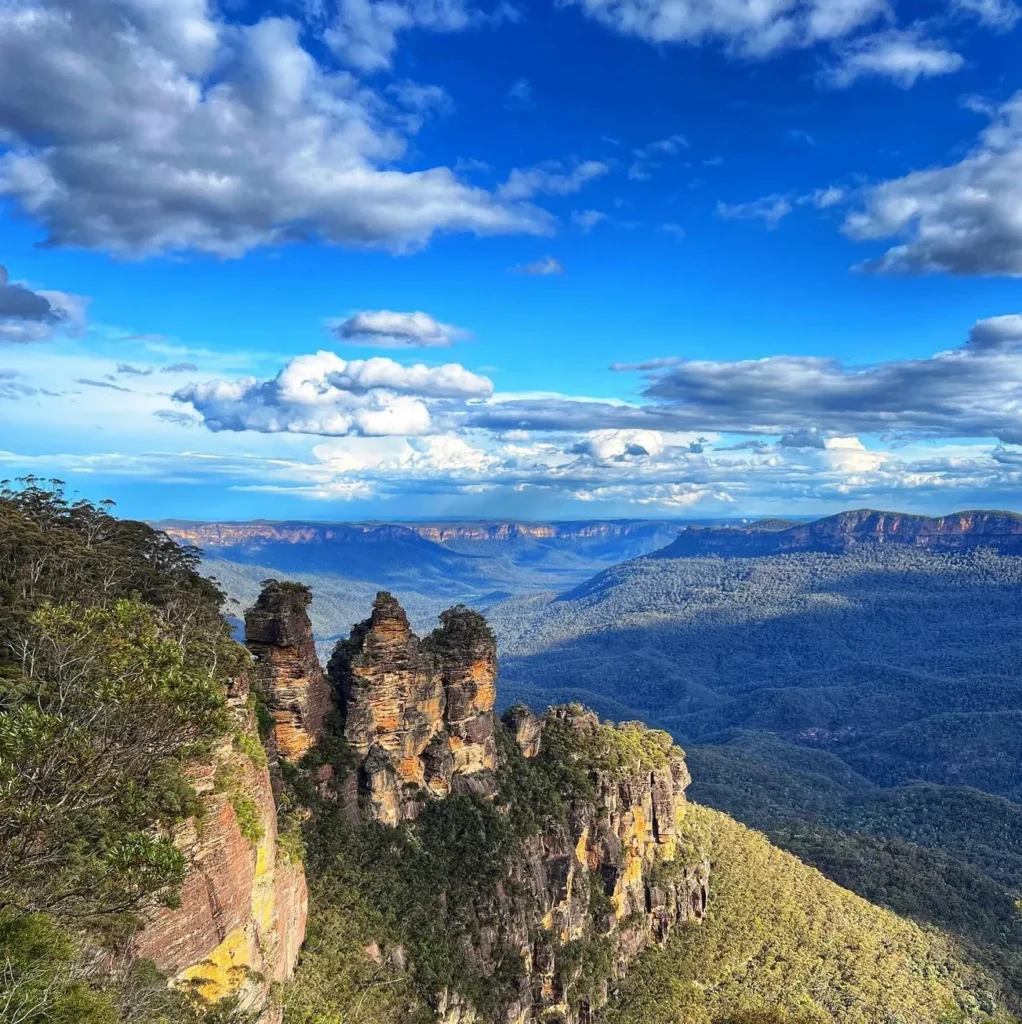
Above the Jamison Valley, Echo Point has stunning views of the Three Sisters. These sandstone pillars were shaped by millions of years of erosion along natural lines of weakness, and are steeped in Aboriginal legend and geological wonder.
Grose Valley
The Grose Valley is one of the most spectacular parts of the Blue Mountains, with sandstone cliffs towering above a lush valley floor. A favourite of hikers, rock climbers and nature photographers.
Mount Wilson and Mount Victoria
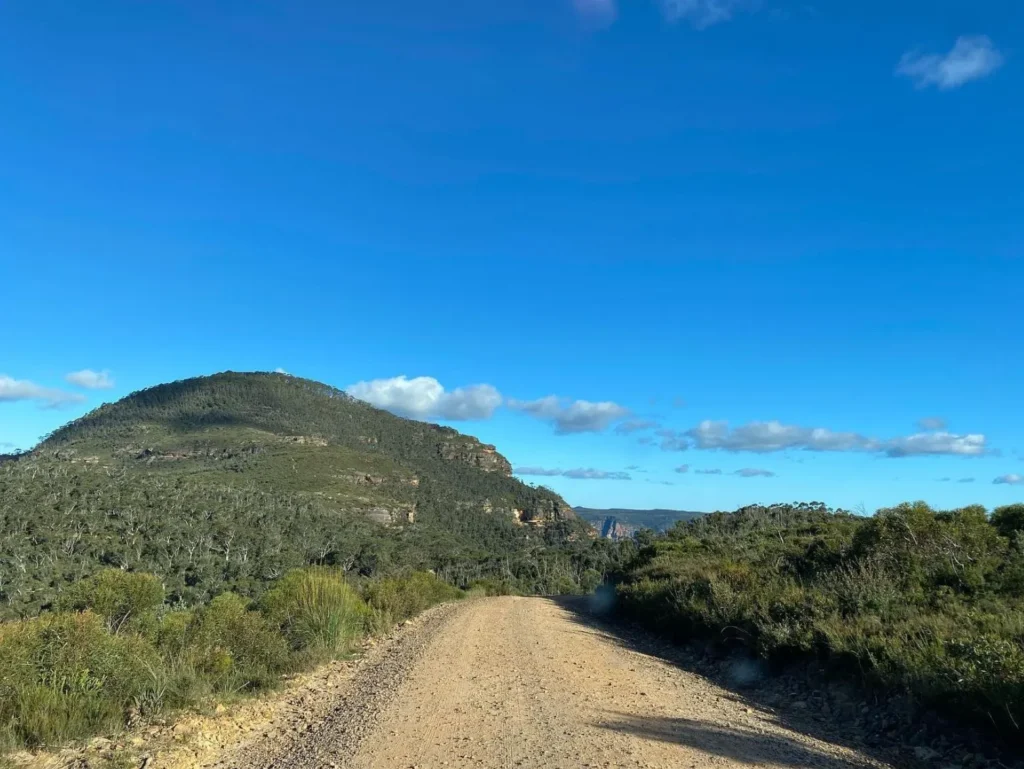
Both Mount Wilson and Mount Victoria are known for their vegetation and history. These areas are a haven for rare and endemic species, so a biodiversity hotspot.
Govetts Leap
From Govetts Leap you can see cascading waterfalls, sclerophyll forests and the rugged Grose Valley. A must see when visiting the Blue Mountains.
Biodiversity: A Natural Paradise
The Blue Mountains’ ecosystems are as varied as its geology. Eucalypt forests, mallee heathlands, sclerophyll forests – the park has it all.
Flora
Over 1,500 species of plants, many of which are ancient relics. Unique plant families thrive here, including those adapted to the poor soils.
- Eucalypt Forests: These forests cover the landscape and give the area its blue hue.
- Mallee Heathlands: At higher elevations these plant communities support endemic species.
Fauna

The park is home to many animal species, including marsupials, reptiles and over 250 bird species.
- Bird Species: Lyrebirds, cockatoos and honeyeaters.
- Relict Species: Ancient species like the Wollemi pine.
Cultural Significance
Indigenous Heritage
The Blue Mountains have been home to the Dharug, Gundungurra and Wiradjuri people for thousands of years. Rock art, ceremonial sites and Dreamtime stories show a deep connection to the land.
European Exploration
In the 19th century European settlers started to explore the area and the Blue Mountains became a tourist destination. Today the Blue Mountains Heritage Centre tells the story of the area’s cultural and environmental history.
Things to do in the Blue Mountains
The Blue Mountains has something for everyone, from adventurers to history lovers.
Outdoor Adventures
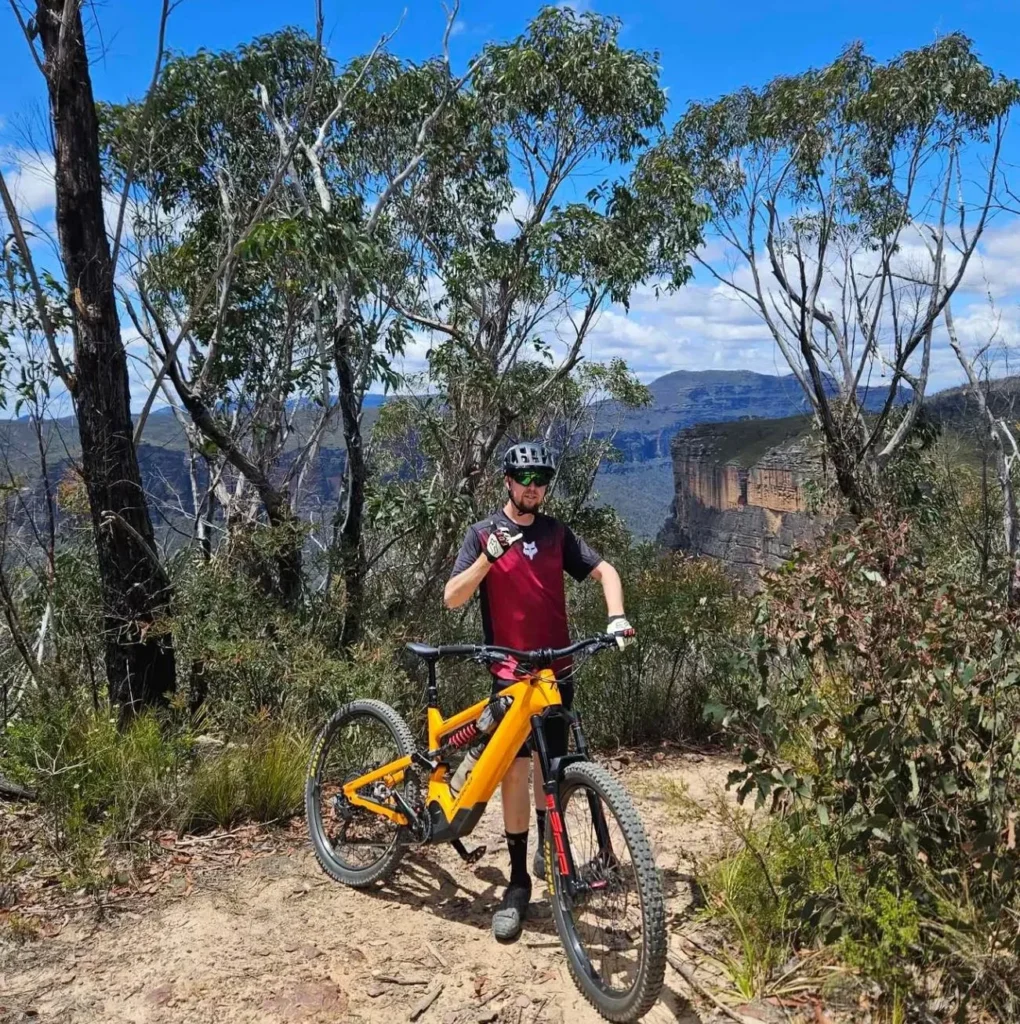
- Mountain Biking: Trails around Mount Banks and Central Station.
- Hiking: Grand Canyon Walk, Three Sisters Walk.
- Rock Climbing: The sandstone cliffs of the Grose Valley.
Cultural Experiences
- Blue Mountains Heritage Centre: Geology, flora, fauna and cultural significance.
- Indigenous Tours: Get a deeper understanding of the area’s spiritual heritage.
Why Visit the Blue Mountains?
The Blue Mountains have it all – natural beauty, history and adventure. Whether you’re at Echo Point, hiking in Grose Valley or learning about Blue Mountains Heritage, there’s something for everyone. Remember to pay the park entry fee to help maintain this popular park.
Conclusion
The Blue Mountains are a testament to the Earth’s ancient history and ongoing natural processes. With a geological story spanning hundreds of millions of years, this iconic region is a must-see in Australia. From the blue haze to the biodiversity and cultural heritage, the Blue Mountains are a must-visit. For an unforgettable experience, consider embarking on a Blue Mountains tour, where you can explore lush rainforests, stunning waterfalls, and breathtaking lookouts, all while learning about the region’s fascinating geology and cultural significance.
FAQ
How old is the bedrock?
470 million years old
What’s the blue haze?
Eucalyptus oils released into the air interact with sunlight and dust particles
3. What are the key landmarks?
Echo Point, Grose Valley, Govetts Leap, Mount Wilson, Mount Victoria
What wildlife?
There are many plant communities, bird species and unique endemics including lyrebirds and wallabies.
Why is this park important?
Environmental significance, ancient geology and cultural heritage (rock art and Indigenous culture)
